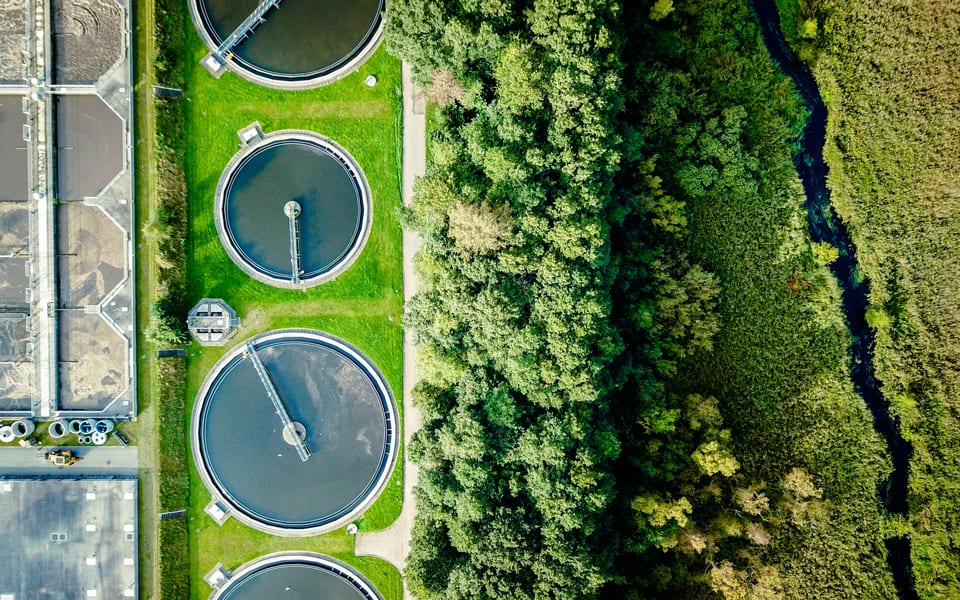In late February 2019, Enterprise Ireland held a water innovation seminar in Dublin, collaborating with Wet Networks, an Arup and Water Research Centre (WRc) initiative – the first time the organisation held an event outside the UK.
The seminar brought together UK water utilities and their top tier contracting partners with Irish innovators keen to collaborate to overcome significant challenges.
The seminar addressed the sector at a crucial moment, as it faces into its most challenging regulatory period so far, Asset Management Period 7 (AMP7), which runs from 2020-2025. Water sector executives heard from Irish businesses offering a range of solutions in a series of innovation presentations
During AMP7, water companies in England and Wales expect to invest £50bn in service improvements. Among other aims, utilities plan to increase resilience to drought, cut water bills by 4% on average, and cut leakage by more than 16% over five years.
Innovation crucial to water sector during AMP7
Water company delegates at the seminar were clear – a focus on innovation will be crucial during AMP7. For instance, companies do not yet know how they will cut leakage by 16% but are acting on the belief that innovation will provide a solution.
Dr. Fabio Bacci of Glan Agua described the importance of the event in connecting water companies with innovators: “This type of forum is absolutely essential and fundamental for a successful innovation project”.
Glan Agua advocates for the value of combining resources. For a recent project in London, the company collaborated with project partners Mota-Engil and Blücher in order to bring its carbon-based synthetic absorbent for the removal of metaldehyde and other micropollutants from the domestic water supply to market.
Saving energy
Several Irish companies in the sector are enabling massive reductions in wastewater sector energy use. The water sector in the UK currently accounts for 3% of the total national energy demand.
One of the most sought-after start-ups in the Irish water treatment sector is OxyMem. Its membrane-aerated biofilm reactor (MABR) technology uses significantly less energy than traditional waste water oxygenation systems, which use large compressors to diffuse oxygen into water.
Wastewater needs oxygen, as the biology in the water that removes pollutants requires oxygen to live and grow. MABR delivers oxygen to wastewater in a similar manner as the human body does to cells, said John McConomy of OxyMem: “In your body, you have approximately 50,000 miles of blood vessels. That’s enough in one adult to go around the world two times. One of the primary objectives of those is to deliver oxygen on a concentration gradient to all cells in the body. MABR does the same; it has tiny hollow gas-permeable tubes, but there are no perforations. This is not a filter. We put it in the wastewater. We pass air through it, the biology grows on it and it sucks the oxygen on demand.”
SMEs can be agile and think differently to large players, explained Michael Murray of NVP Energy. He showed delegates how NVP Energy’s unique low-temperature anaerobic digestion technology is enabling the move to low-temperature, low-stress wastewater treatment. Unlike traditional methods, NVP Energy’s system works without the need for water to be heated, saving considerable amounts of energy.
Michael explained that when the company was established, a major driver for him and his team was to use the business to positively impact the environment: “We wanted to challenge the status quo to offer our customers simpler alternatives, simpler solutions to wastewater treatment.”
Using data
Companies in the sector are experienced at handling immense flows of water but now face a less familiar torrent: that of data. The industry is experiencing exponential growth in this area, raising two main issues: how to manage the data, and how best to utilise it. Energy Elephant’s Joe Borza explained that the challenge will grow. He noted that, for a fraction of the cost of its competitors, Energy Elephant provides one AI-powered location for a water company’s data.
The value of data has becoming a pressing issue in almost every industry, and Gearoid Ó Riain of Compass Informatics said his company is exploring if anonymised mobile phone or transport data could be utilised in the water sector. The company has been working with large UK water company Severn Trent, providing it with a biosolids management system: “It’s a system that has been working very well and has been generating real value back to the water companies over recent years.”
Rising to challenges
Compliance is a second major challenge that water companies currently face. “You must do it, you spend a lot of time doing it, and it has the ability to cause untold grief and angst, as well as actually costing real money,” commented Klir’s Denis Neavyn. Many companies also bear additional responsibility, as regulators. Klir’s software assists with compliance processes, enabling companies to progress from reactive to proactive systems, keeping track of what licences must be renewed, when and by whom.
For water companies to meet these challenges, they must recruit and retain the most capable staff, but Billy Glennon of VISION Consulting believes many suffer from a “culture of resignation”. He noted a tension in the sector between how companies conform to the standards of the industry and the creation of a space where innovators can take risks. He advised that it can be difficult to complete projects in water companies and that managers tend to be risk averse: “When you ‘over process’ things and you ‘over control’ things, you reduce the capacity for innovation. We’re in the culture transformation business. What we do is we transform those kinds of environments into vibrant, entrepreneurial cultures.”
Read how Enterprise Ireland enables companies to develop new market opportunities with its Innovation Supports.



